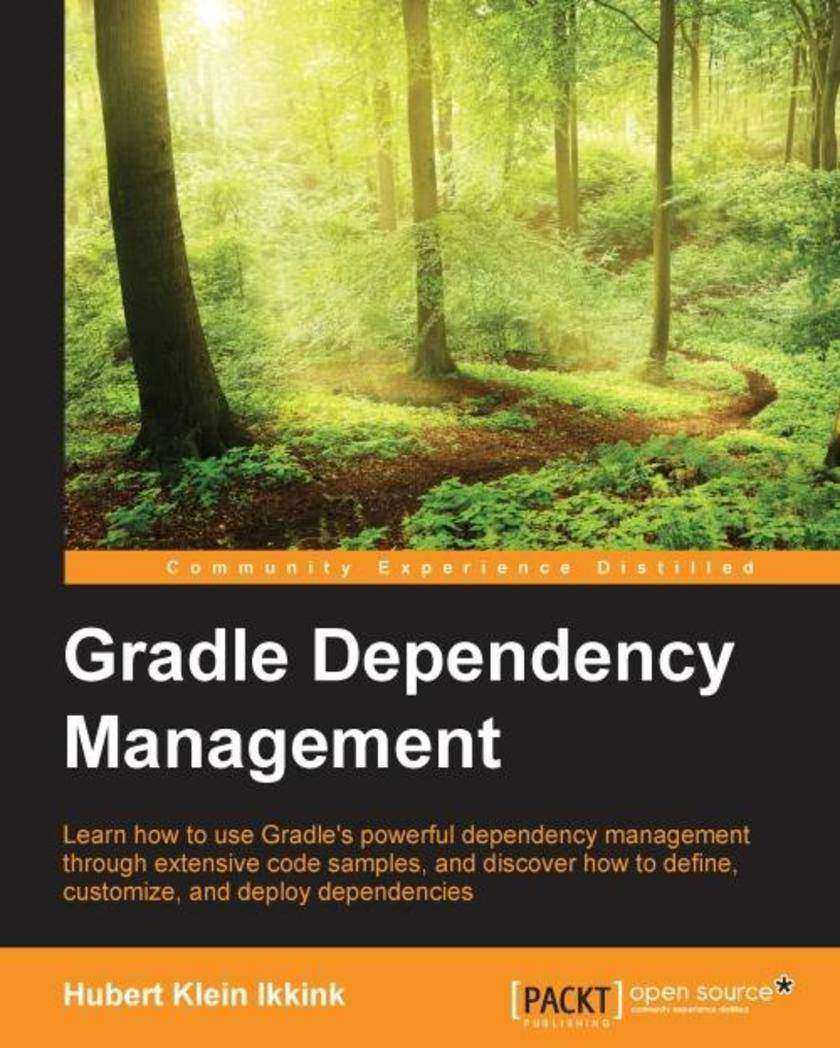
Gradle Dependency Management
¥54.49
If you work on Java projects, use Gradle as a build automation tool, and you use dependencies in your project, this is the book for you. Additionally, if you want to deploy your project artifacts as dependencies for other developers using Gradle, you've found the right book.

Power Up Your PowToon Studio Project
¥80.65
Whether you are a beginner wanting to learn from a professional or a seasoned user looking for a refresher, this is the book for you.
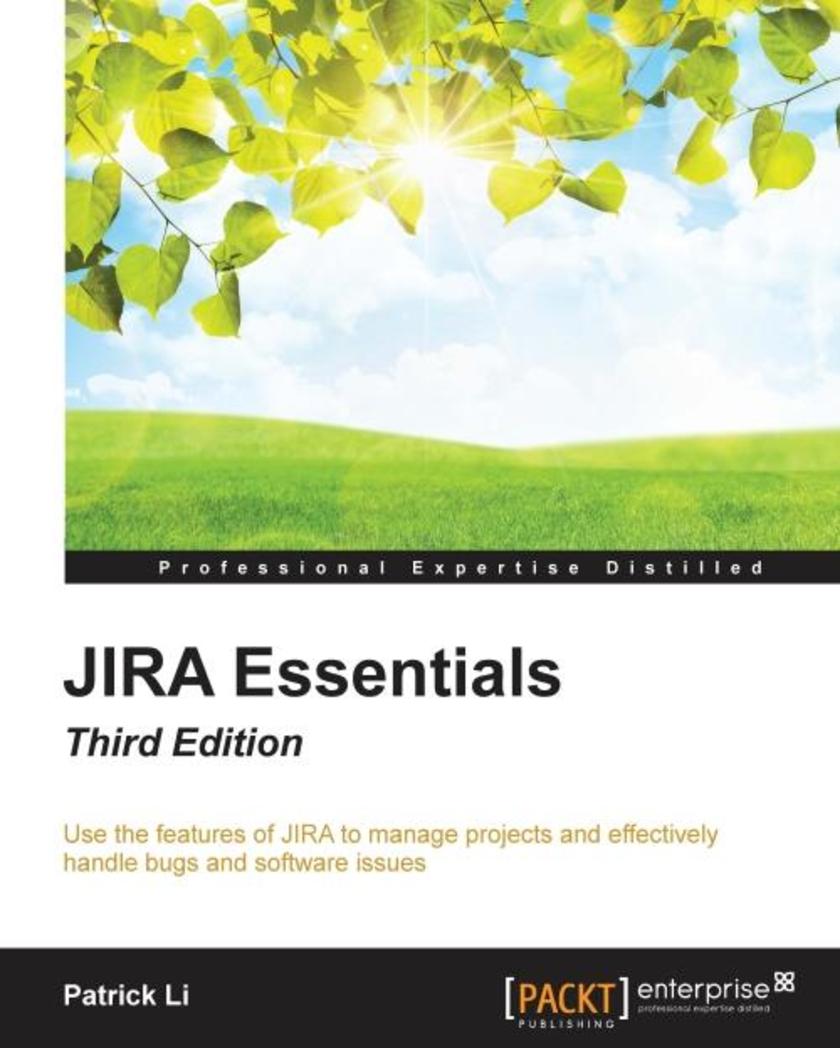
JIRA Essentials - Third Edition
¥116.62
If you wish to develop your practical skills with JIRA in order to install, use, and manage your projects, then this is the perfect book for you. You need to be familiar with software project management and basic computer operations, specifically the system on which you will use JIRA.
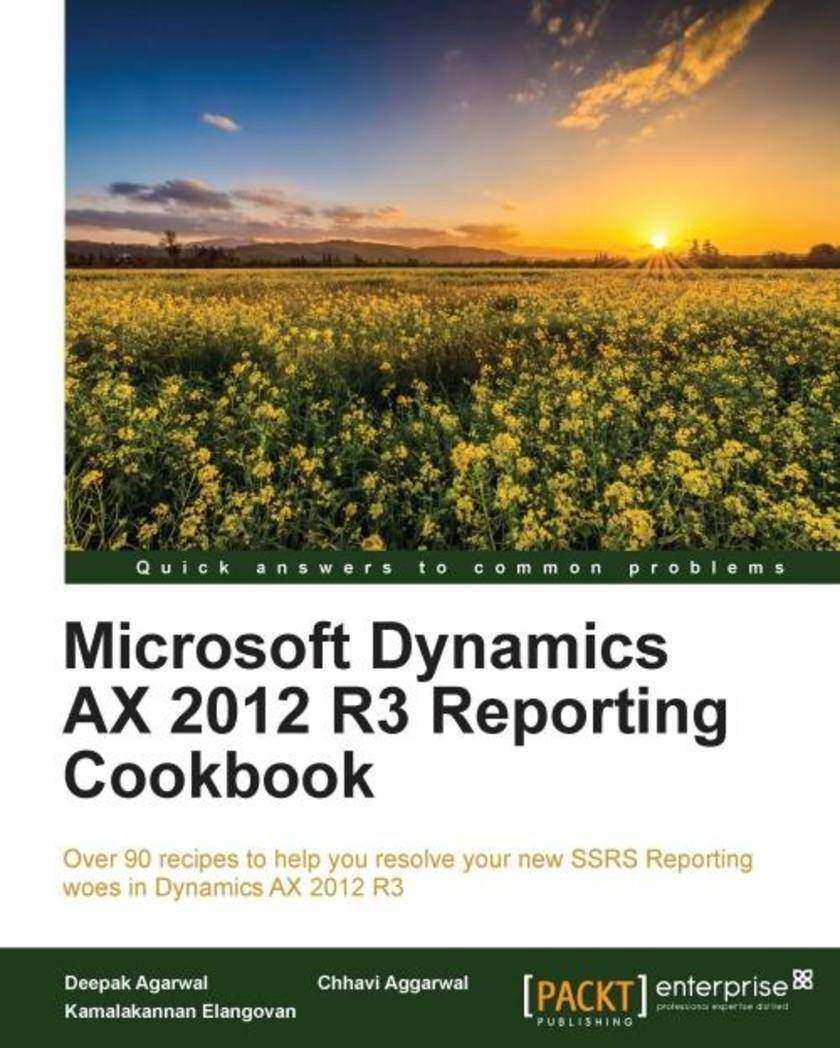
Microsoft Dynamics AX 2012 R3 Reporting Cookbook
¥107.90
Microsoft Dynamics AX 2012 R3 Reporting Cookbook is recommended for Dynamics AX developers and .NET-based SSRS developers looking to familiarize themselves with the new AX reporting framework.
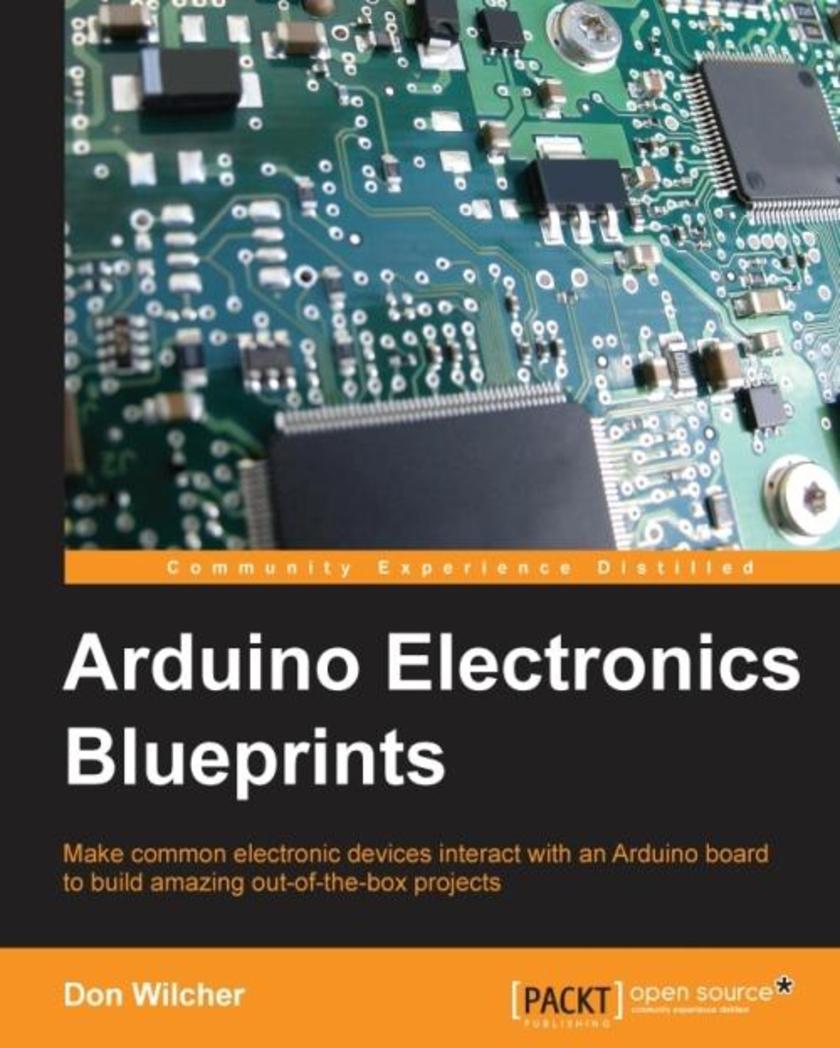
Arduino Electronics Blueprints
¥80.65
This book is intended for those who want to learn about electronics and coding by building amazing devices and gadgets with Arduino. If you are an experienced developer who understands the basics of electronics, then you can quickly learn how to build smart devices using Arduino. The only experience needed is a desire to learn about electronics, circuit breadboarding, and coding.

Odoo Development Essentials
¥54.49
This book is intended for developers who need to quickly become productive with Odoo. You are expected to have experience developing business applications, as well as an understanding of MVC application design and knowledge of the Python programming language.
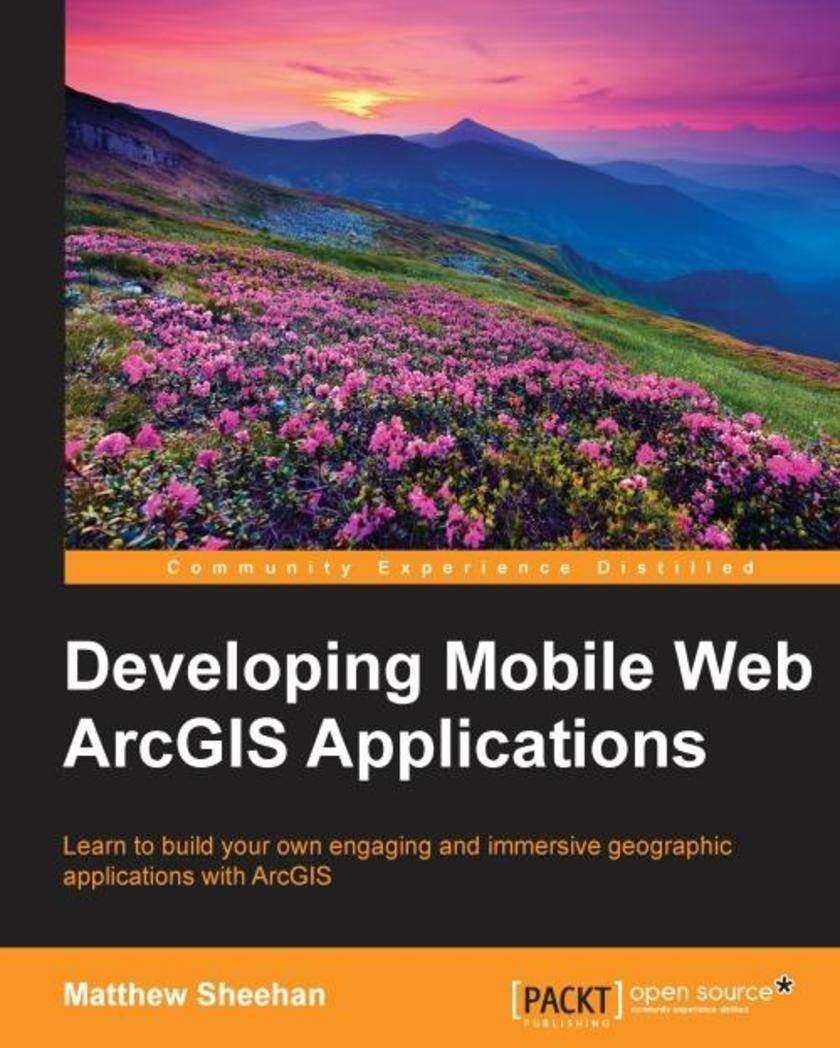
Developing Mobile Web ArcGIS Applications
¥45.77
This guide is invaluable to those just starting out with GIS development but will also benefit GIS professionals wishing to expand their development skills to include mobile apps.
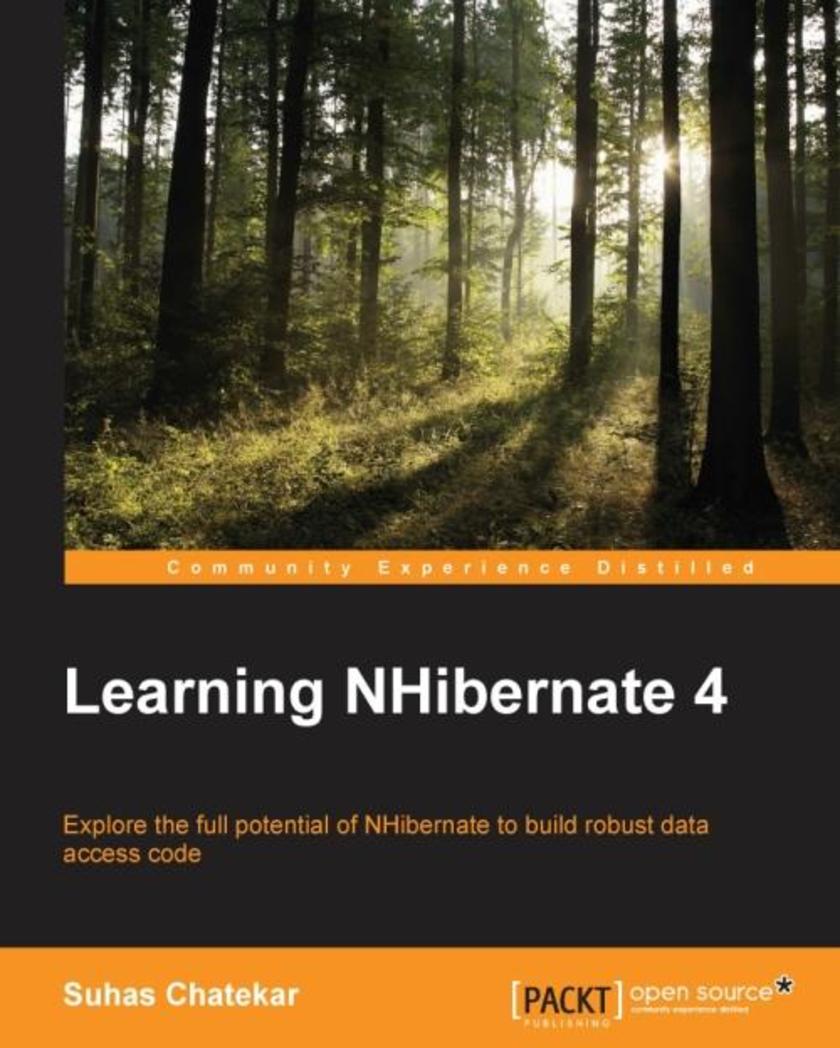
Learning NHibernate 4
¥90.46
This book targets .NET developers who have never used an ORM before, developers who have used an ORM before but are new to NHibernate, or have used NHibernate sparingly and want to learn more about NHibernate.
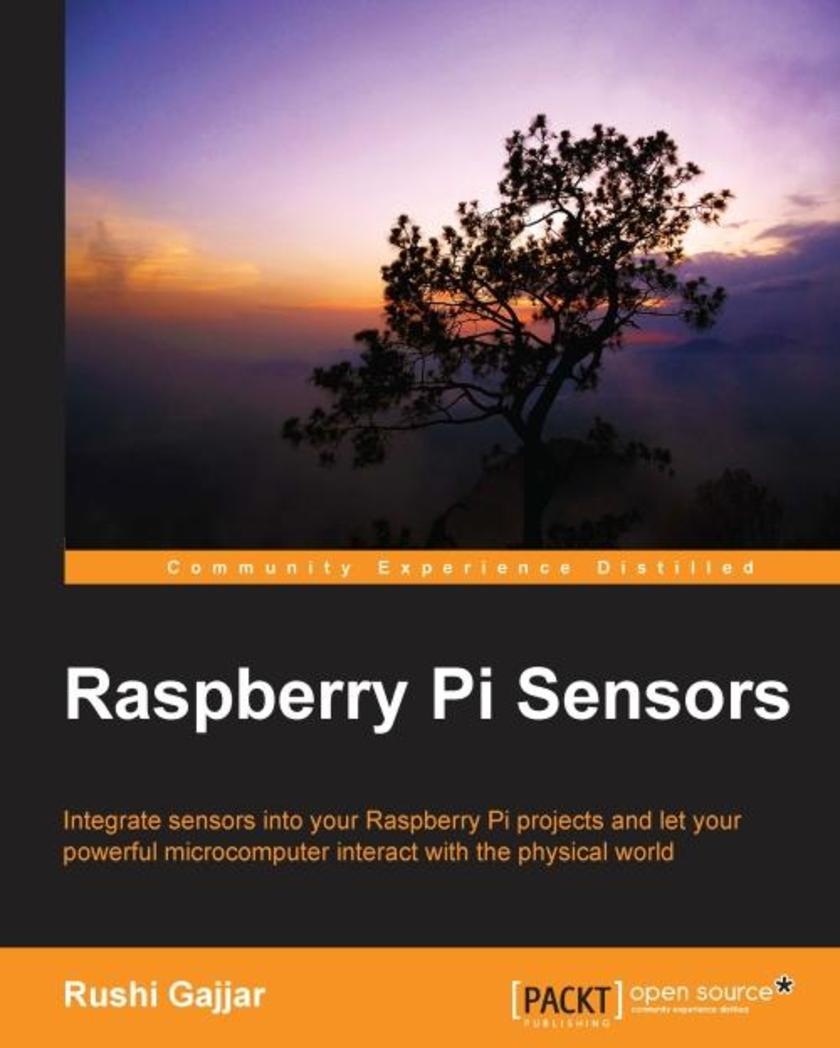
Raspberry Pi Sensors
¥54.49
This book is perfect for hardware enthusiasts who want to develop amazing projects using Raspberry Pi. Some knowledge and experience working with Linux, C, and Python is a plus, but once you're set up to go, you'll be ready to push the creative capabilities of your Raspberry Pi even further.
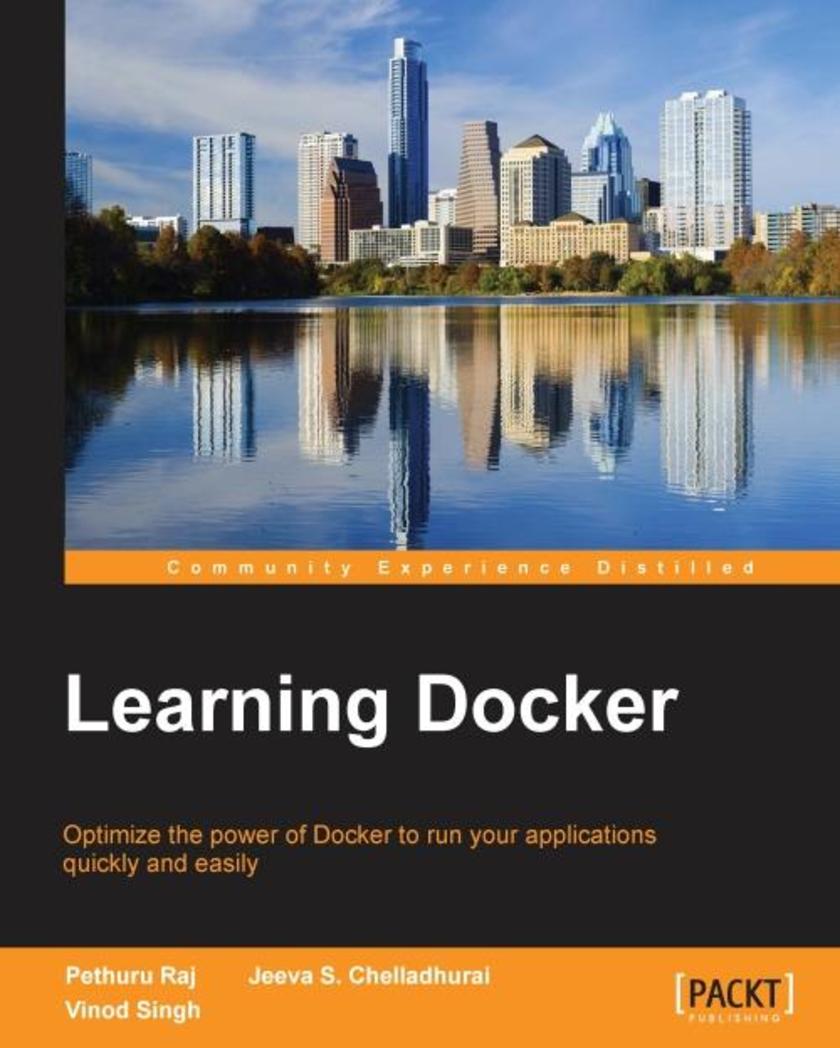
Learning Docker
¥90.46
If you are an application developer who wants to learn Docker in order to utilize its features for application deployment, then this book is for you. No prior knowledge of Docker is required.
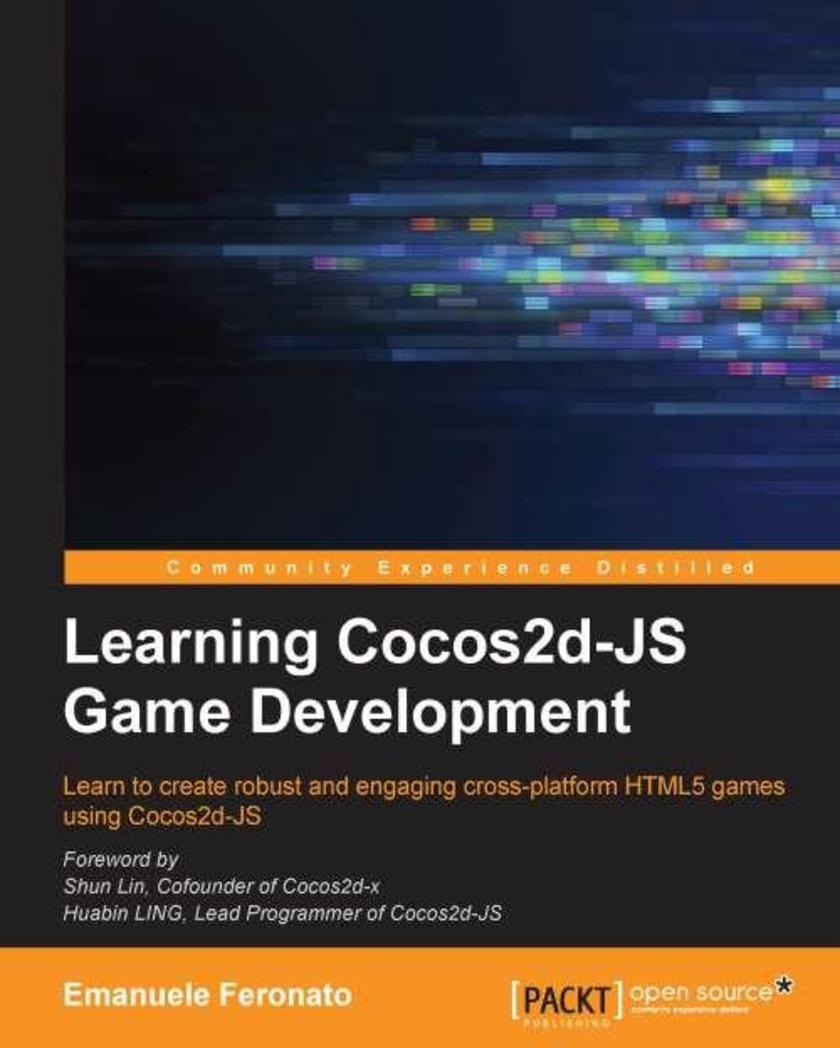
Learning Cocos2d-JS Game Development
¥54.49
If you are new to game development or have just gotten your teeth into developing games but desire to learn more, then this book is for you. An understanding of the essentials of JavaScript is required.
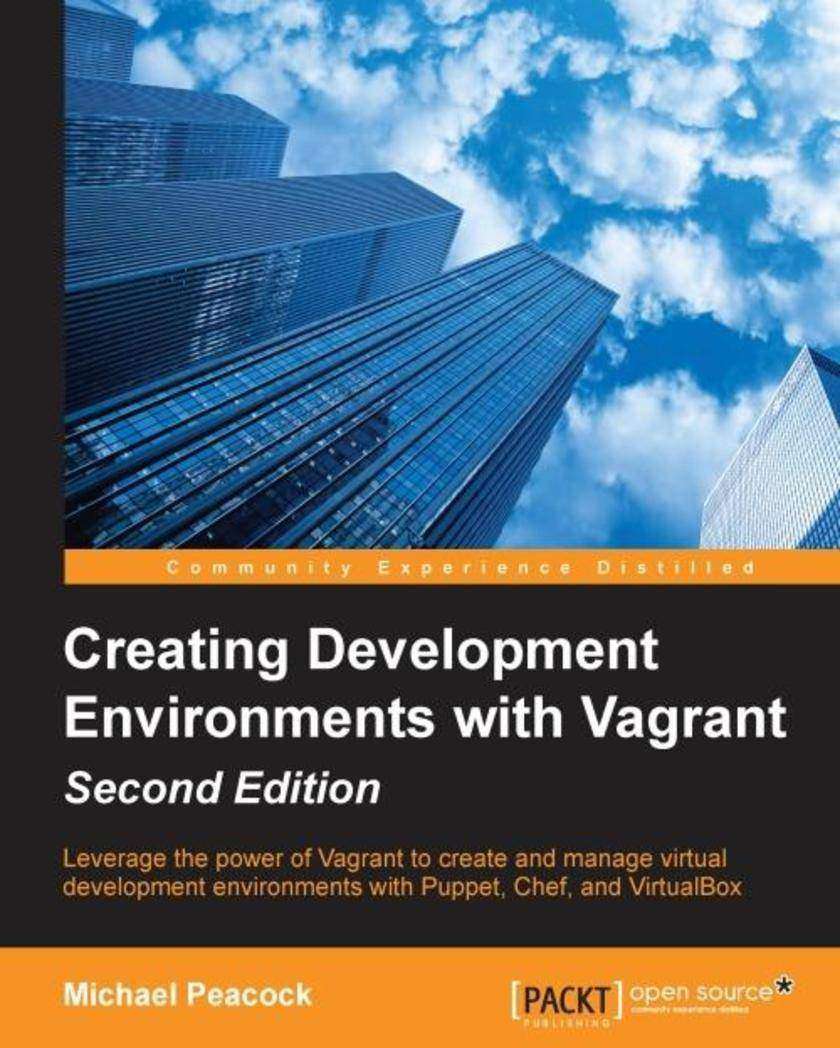
Creating Development Environments with Vagrant - Second Edition
¥59.94
If you are a developer who wants to have your development environment accurately reflect your live servers to tackle the ever-increasing complexity of web and software projects, this book is most certainly intended for you! It's assumed that you know the basics of Linux systems in the context of web-based projects.
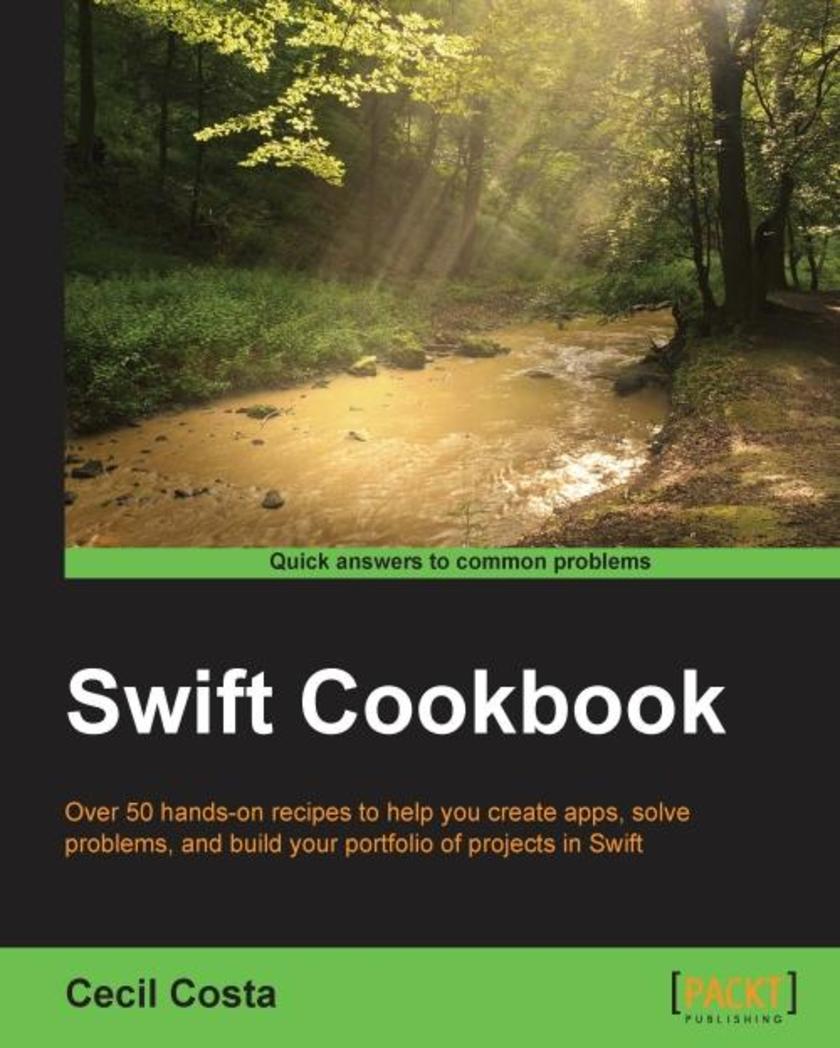
Swift Cookbook
¥90.46
If you are an experienced Objective-C programmer and are looking for quick solutions to many different coding tasks in Swift, then this book is for you. You are expected to have development experience, though not necessarily with Swift.

Unity 5 for Android Essentials
¥54.49
This book is perfect for game developers who want to learn how to develop, optimize, and publish games for Android devices in a quick and easy manner using Unity 5. This book assumes a basic knowledge of game design concepts and/or some experience with other game technologies such as Unreal Engine 4, CryEngine, or GameMaker.
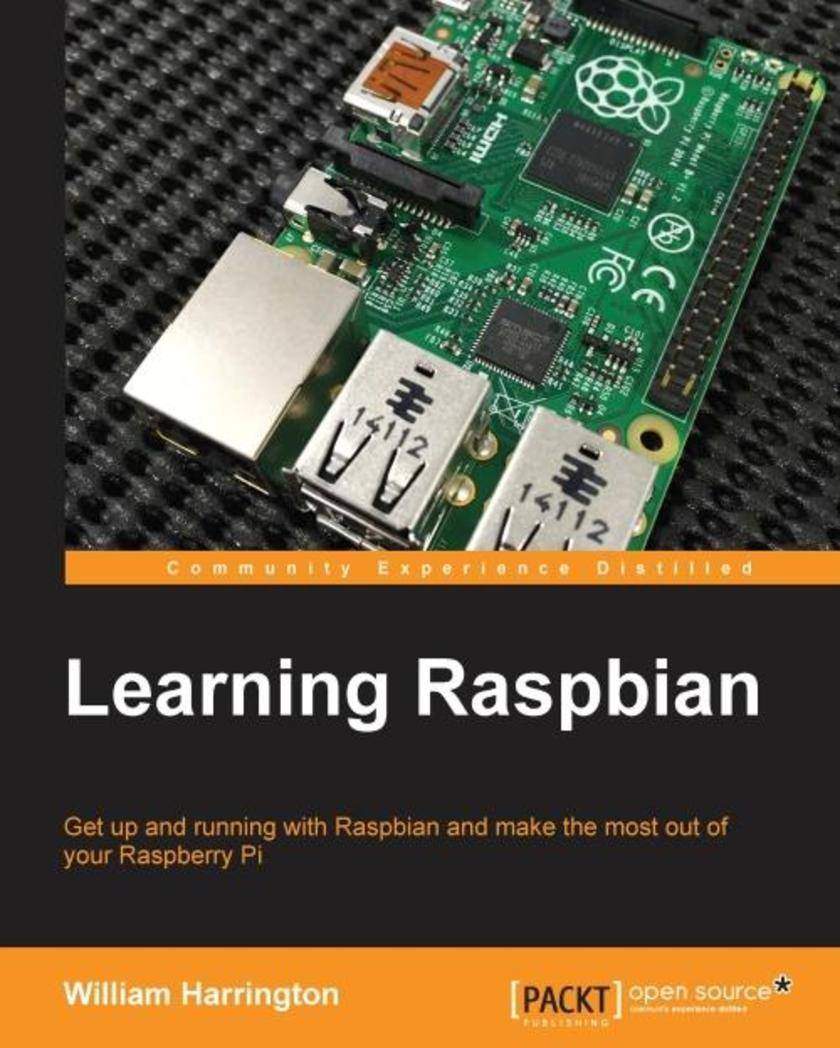
Learning Raspbian
¥45.77
This book is intended for developers who have worked with the Raspberry Pi and who want to learn how to make the most of the Raspbian operating system and their Raspberry Pi. Whether you are a beginner to the Raspberry Pi or a seasoned expert, this book will make you familiar with the Raspbian operating system and teach you how to get your Raspberry Pi up and running.
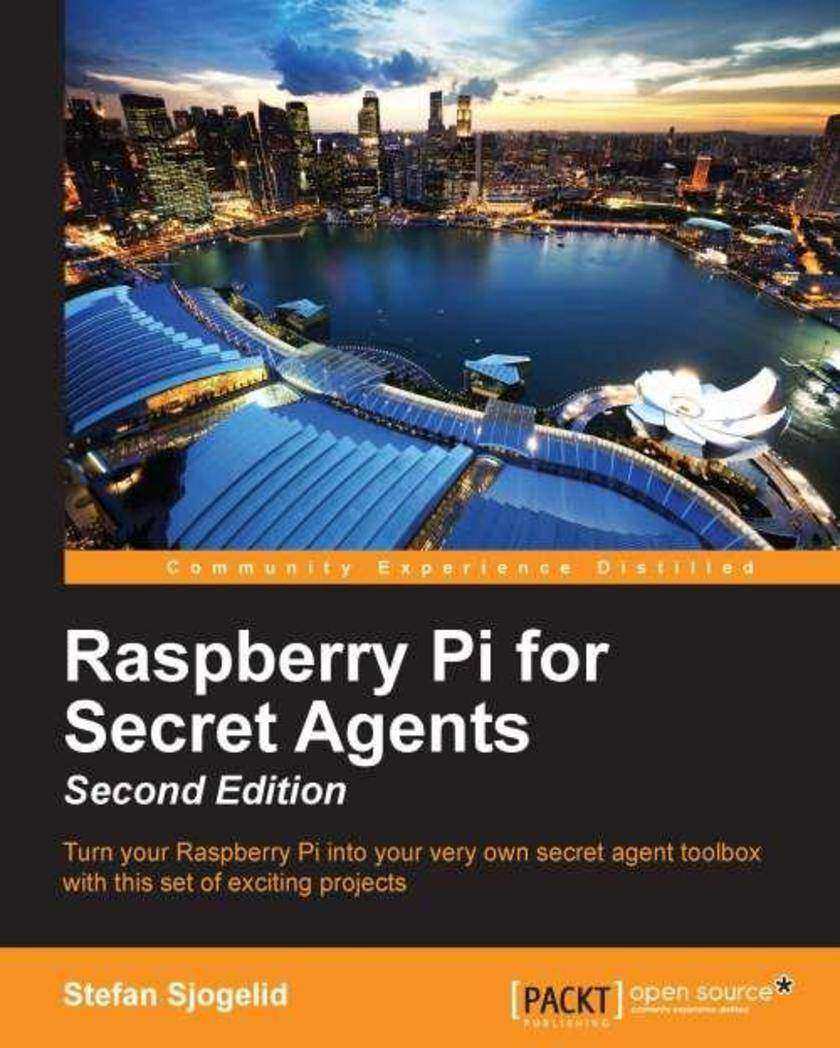
Raspberry Pi for Secret Agents - Second Edition
¥45.77
This book is an easy-to-follow guide with practical examples in each chapter. Suitable for the novice and expert alike, each topic provides a fast and easy way to get started with exciting applications and also guides you through setting up the Raspberry Pi as a secret agent toolbox.

Learning Data Mining with Python
¥80.65
If you are a programmer who wants to get started with data mining, then this book is for you.
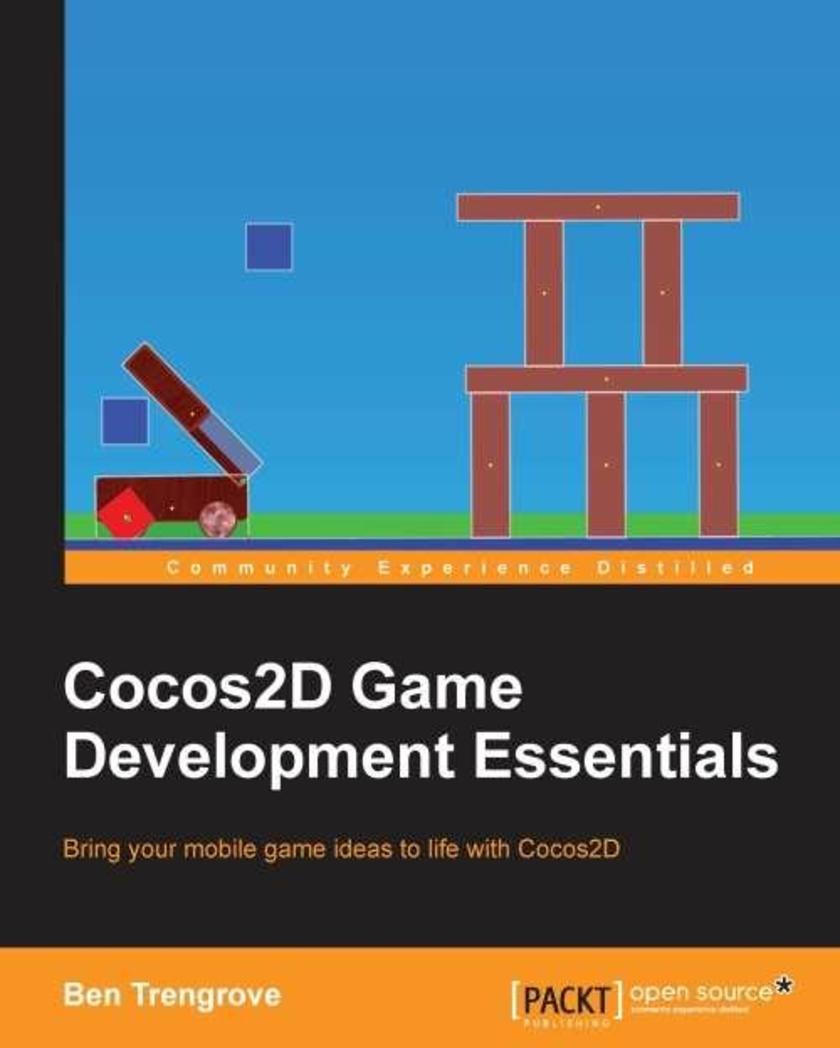
Cocos2D Game Development Essentials
¥54.49
If you are a game developer with experience in Objective-C and are interested in creating games for iOS or Android, this is the book for you. It will help you to quickly get started with Cocos2D and guide you through the process of creating a game, giving you the essential skills and knowledge you need to do so.
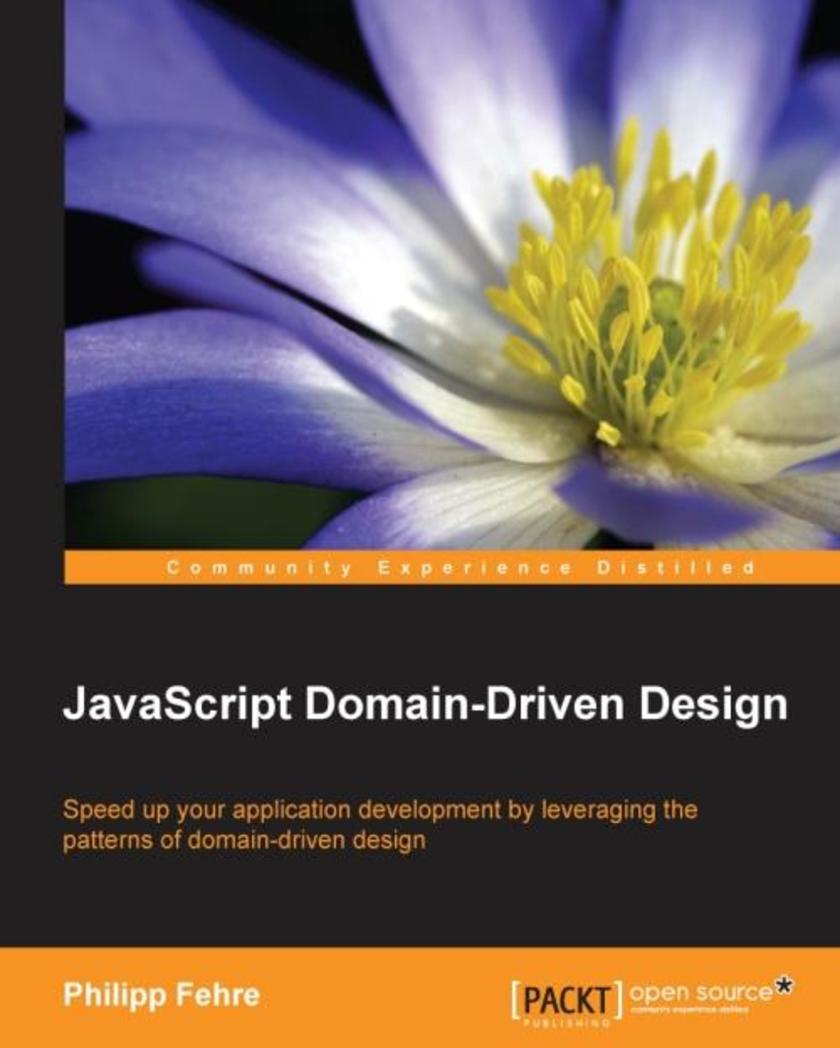
JavaScript Domain-Driven Design
¥71.93
If you are an experienced JavaScript developer who wants to improve the design of his or her applications, or find yourself in a situation to implement an application in an unfamiliar domain, this book is for you. Prior knowledge of JavaScript is required and prior experience with Node.js will also be helpful.
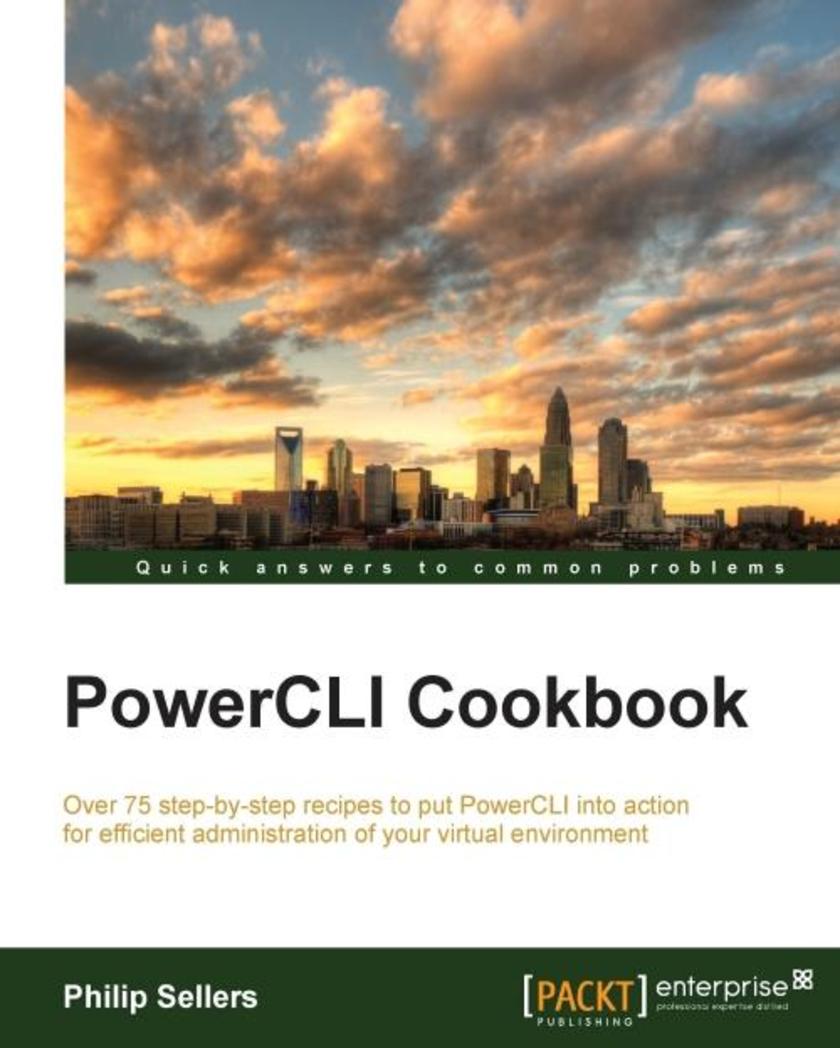
PowerCLI Cookbook
¥90.46
If you are a virtualization professional who wants to unleash the power of automation and combat the complexity of sprawling virtual environments, this book is ideal for you. This book will enhance your skills of administering VMware vSphere and vCloud Director with PowerCLI.
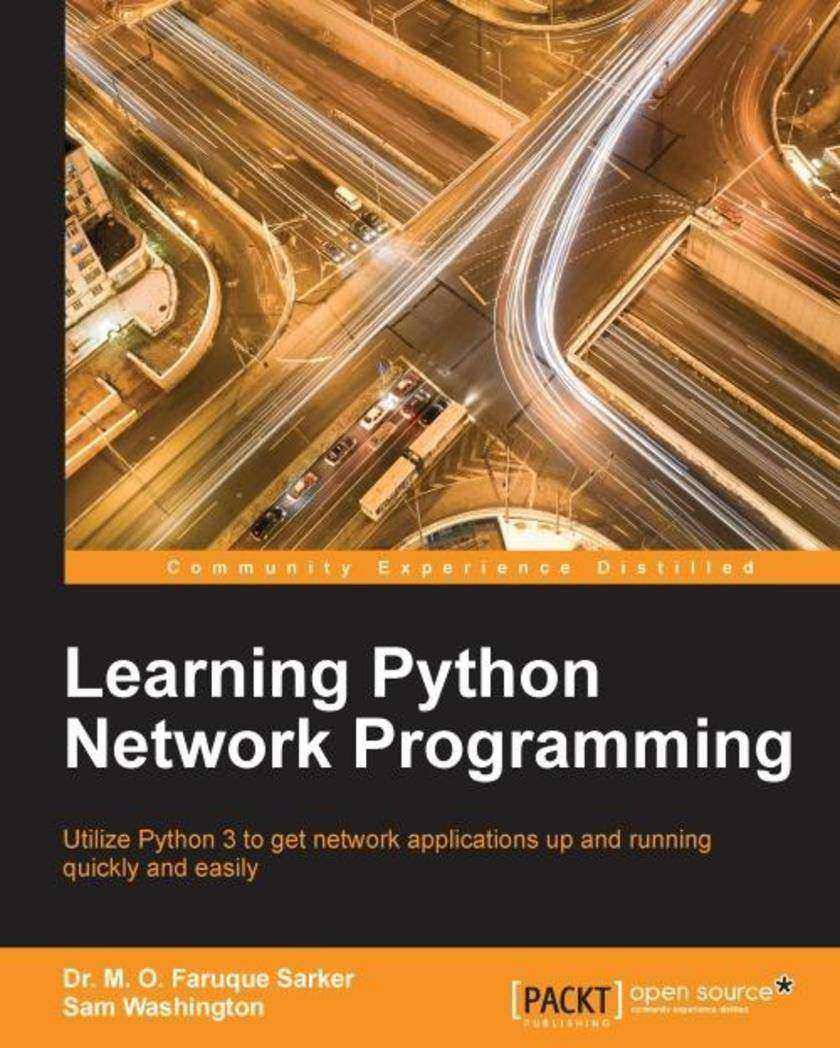
Learning Python Network Programming
¥90.46
If you're a Python developer or a system administrator with Python experience and you're looking to take your first steps in network programming, then this book is for you. Basic knowledge of Python is assumed.




 购物车
购物车 个人中心
个人中心



